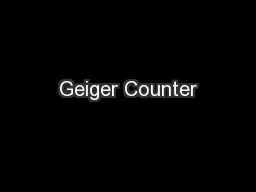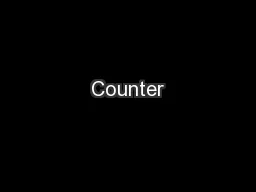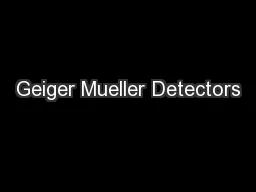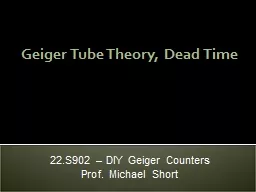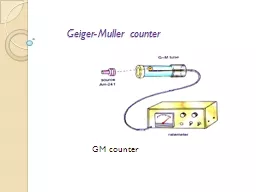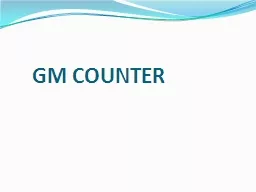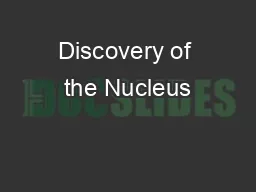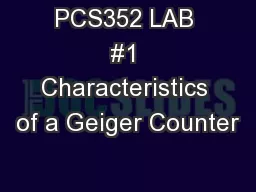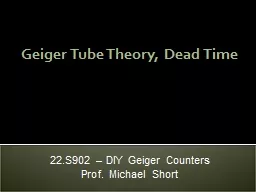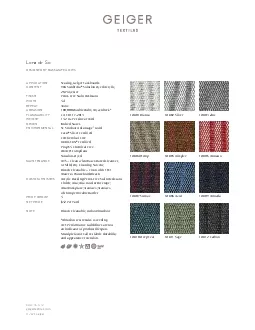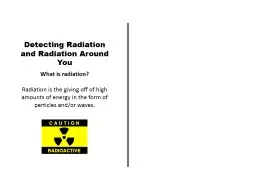PPT-Geiger Counter
Author : kittie-lecroy | Published Date : 2017-04-27
Justin Rouleau What is it An instrument that detects radioactivity Most detect Gamma and Xrays while some also detect Alpha and Beta radiation consists of a GeigerMueller
Presentation Embed Code
Download Presentation
Download Presentation The PPT/PDF document "Geiger Counter" is the property of its rightful owner. Permission is granted to download and print the materials on this website for personal, non-commercial use only, and to display it on your personal computer provided you do not modify the materials and that you retain all copyright notices contained in the materials. By downloading content from our website, you accept the terms of this agreement.
Geiger Counter: Transcript
Download Rules Of Document
"Geiger Counter"The content belongs to its owner. You may download and print it for personal use, without modification, and keep all copyright notices. By downloading, you agree to these terms.
Related Documents

